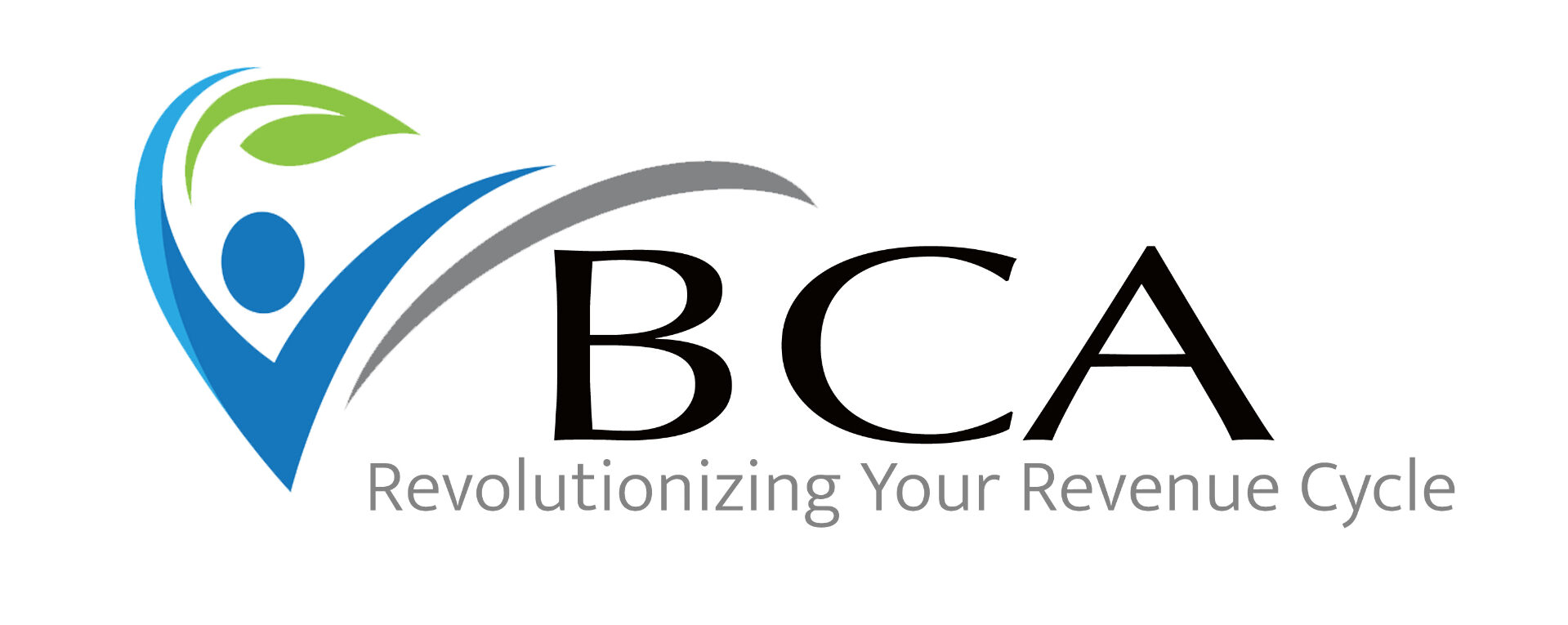Managing dual-eligible patients—those covered by both Medicare and Medicaid—presents unique challenges. These patients often have multiple chronic conditions, behavioral health needs, and social risk factors, making accurate documentation and coding essential for reimbursement, quality reporting, and effective care coordination.
Key Considerations for Accurate Risk Adjustment
- Comprehensive Documentation: Capture all chronic conditions, complications, and social or behavioral factors that influence care. Use specific, clear language to support ICD-10-CM coding.
- Accurate Coding: Code all active, ongoing conditions with precise ICD-10-CM codes. Avoid vague language such as “possible” or “consistent with” without further clinical detail.
- Regular Chart Review: Conduct audits to identify gaps and ensure all conditions are properly documented and coded. Use findings to guide targeted provider education.
- Integrated Care Coordination: Maintain up-to-date records and leverage both Medicare and Medicaid data to ensure a complete view of patient health.
Taking Action
Accurate risk adjustment is critical for capturing the complexity of dual-eligible patients and supporting both compliance and patient outcomes. Clinics ready to strengthen their documentation, coding, and workflows can benefit from expert guidance. BCA’s audit, education, and consulting services provide actionable insights and practical support to help clinics get risk adjustment right and sustain compliant, high-quality care.
